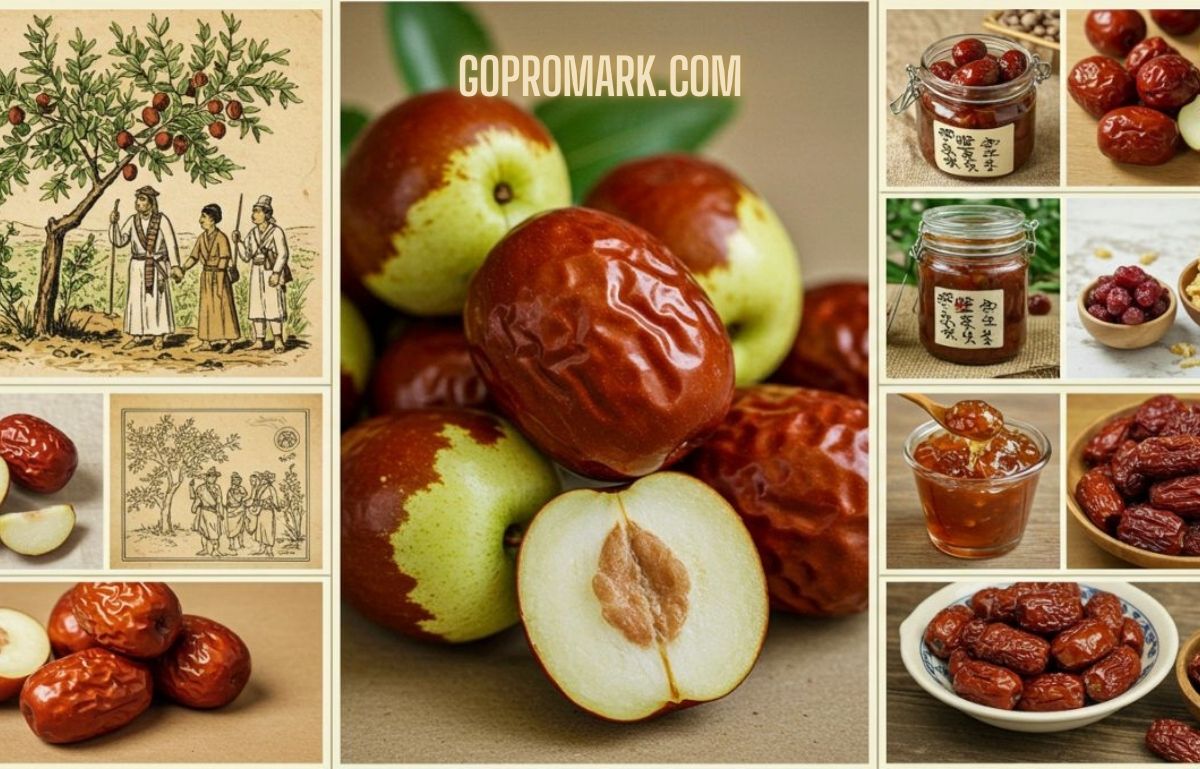The fruit known as žižole has intrigued people for centuries with its distinctive taste, cultural value, and nutritional richness. Often referred to as jujube in English, žižole is a small, oval-shaped fruit that resembles a date when dried. It is enjoyed fresh, dried, or in various culinary preparations, making it a versatile food with both cultural and medicinal importance. In many regions, žižole is cherished not only as a delicious treat but also as a fruit associated with tradition, healing, and longevity.
The Origins and History of Žižole
Ancient Roots of Žižole
Žižole has a history that stretches back thousands of years. Originating in Asia, the fruit was cultivated in China as early as 2000 BCE. From there, its popularity spread across the Middle East, the Mediterranean, and eventually Europe. The fruit’s resilience to different climates made it a valuable crop in many cultures.
Žižole in European Culture
In the Mediterranean regions, žižole has a deep cultural presence. In Croatia, Italy, and Slovenia, the fruit is often harvested in the autumn and celebrated during local festivals. For many families, žižole represents tradition and is often enjoyed during family gatherings or used in homemade remedies.
Nutritional Value of Žižole
Key Nutrients
Žižole is packed with essential vitamins and minerals. It is particularly high in vitamin C, which supports the immune system, and contains antioxidants that protect the body from oxidative stress. Other key nutrients include potassium, calcium, and phosphorus, which are vital for heart and bone health.
Calorie and Fiber Content
Despite its sweet taste, žižole is relatively low in calories. It is also a good source of dietary fiber, which aids digestion and supports healthy gut function. This makes the fruit an excellent choice for those seeking both flavor and health benefits.
Health Benefits of Žižole
Boosts Immunity
One of the most celebrated benefits of žižole is its ability to strengthen the immune system. Thanks to its high vitamin C content, the fruit helps the body defend itself against infections and seasonal illnesses.
Improves Sleep and Reduces Stress
Traditional medicine has long praised for its calming properties. Compounds in the fruit are believed to help reduce anxiety and promote better sleep. Many people drink teas made from leaves or dried fruit to achieve relaxation.
Supports Heart Health
Žižole is known to help regulate blood pressure due to its potassium content. Antioxidants in the fruit also contribute to lowering cholesterol levels, supporting cardiovascular wellness.
Aids Digestion
With its natural fiber, promotes healthy digestion and prevents constipation. The fruit has also been used in traditional remedies for stomach issues, further cementing its role as a functional food.
Culinary Uses of Žižole
Fresh and Dried Consumption
Žižole can be enjoyed fresh, offering a crisp texture and mildly sweet flavor. When dried, it becomes chewy and date-like, making it an excellent snack or natural sweetener.
Žižole in Beverages
In many cultures, is used to prepare teas, juices, and even liqueurs. In Croatia, for instance, brandy and liqueur are popular traditional drinks. These beverages not only preserve the flavor of the fruit but also carry cultural symbolism.
Cooking and Baking
Žižole can be incorporated into jams, sauces, and baked goods. Its versatility makes it suitable for both sweet and savory dishes, adding a unique flavor profile to culinary creations.
Cultural Significance of Žižole
Symbol of Longevity
In many Asian traditions, is associated with longevity and vitality. It is often given as a gift or consumed during festivals to symbolize good health and prosperity.
Local Festivals and Traditions
In parts of Croatia and Slovenia, autumn festivals dedicated to celebrate the fruit’s harvest season. These events feature local delicacies, drinks, and community gatherings centered around the beloved fruit.
Growing and Harvesting Žižole
Ideal Conditions
Žižole thrives in warm climates with plenty of sunlight. It is a hardy tree that can withstand drought, making it suitable for Mediterranean and subtropical regions.
Harvesting Season
The fruit is typically harvested in late summer to early autumn. Fresh is best consumed shortly after harvest, while dried versions can be stored and enjoyed year-round.
Modern Interest in Žižole
In recent years, has gained attention as a “superfruit” due to its impressive nutritional profile and health benefits. Health-conscious consumers and chefs alike are rediscovering its potential in modern cuisine, while researchers are studying its medicinal properties for future applications.
Conclusion
The world of is rich with history, tradition, and health benefits. From its ancient roots in Asia to its cultural importance in Europe, the fruit has stood the test of time as both a food and a symbol of wellness. Whether enjoyed fresh, dried, or as part of culinary creations, continues to be a fruit that connects people through flavor, tradition, and health.
As awareness grows, is likely to become even more popular worldwide, carrying forward its legacy as a unique and valuable fruit.
